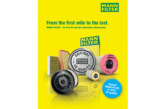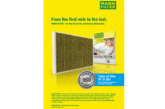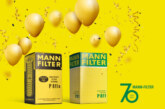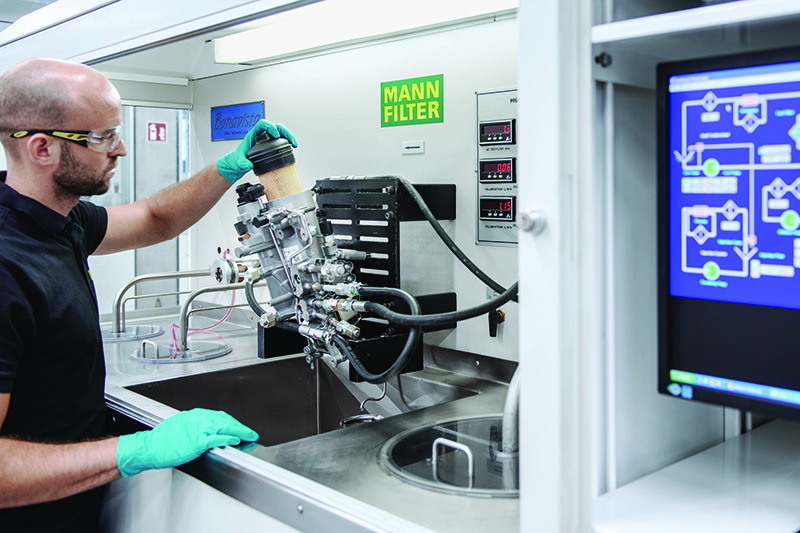
Filters are the unsung heroes of automotive engineering. Hidden inside the vehicle, they are neither seen nor heard – yet they permanently deliver top performance.
MANN+HUMMEL, produces 24 filter elements a second. The products are available to the independent automotive aftermarket in original equipment quality under the global MANN-FILTER brand.
But how is the MANN-FILTER quality achieved? This is not always apparent from the outside. Only a look on the inside reveals the true values, which is why MANN-FILTER examines the filter medium of the fuel filter PU 11 001 z.
The thin filter medium layer is the heart of each and every filter. It does the bulk of the work, cleaning the fuel. Because without clean fuel, there can be no clean combustion. MANN-FILTER sets its own standards in terms of purity and performance to meet and exceed the specifications of automotive manufacturers.
More than 1,000 developers in the German family-owned company work continuously on filter technologies. This requires know-how, expertise, and creativity.
Dr. Lars Spelter, Development Manager for Fuel Filters at MANN+HUMMEL, explained: “The previously used cellulose melt-blown media will no longer be able to meet the future requirements for fuel purity. Modern injection systems with their super-fine nozzles, high pressures of up to 2,500 bar and duty cycles lasting only a few milliseconds are so extremely sensitive that even tiny impurities in the fuel act like projectiles and can cause severe damage. It is therefore is necessary to develop new filter media.”
One of these is the MULTIGRADE F MB 333 filter medium, featured in the MANN-FILTER PU 11 001 z fuel filter. The objective for the product was to increase filtration efficiency and dirt holding capacity as well as reduce pressure losses and size.
To achieve this, the developers devised a medium comprising three layers: a fully synthetic fiber layer for greater dirt holding capacity, a mixed layer of cellulose and very fine glass fibers for particularly high filtration efficiency, and a final cellulose layer that has a supporting function and prevents glass fibers from escaping.
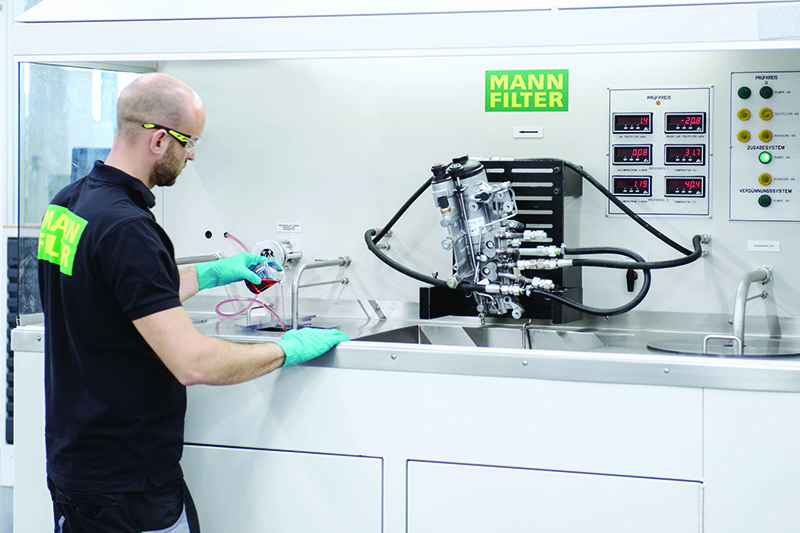
Once all the parameters have been defined, the next step for each new development is the test bench. This starts with an initial specimen of the filter medium in A4 size.
In the new technology center in Ludwigsburg, a computer-controlled particle counter is initially used to measure the filtration efficiency. Like all of the tests, this is conducted according to ISO standards.
How many particles of what size pass through the specimen?
Lars continued: “MULTIGRADE F-MB 333 was optimized until only three of 1,000 streaming 4 micrometer particles succeeded in passing through. These particles are up to 18 times finer than a human hair.”
Very fine glass fibers, as well as the combination of materials in the three layers achieve an outstanding filtration efficiency of more than 99.7% for particles measuring up to 4 micrometers. Next, the developers test the dirt holding capacity, using soot as the test dust. Here, each new medium must demonstrate that it will not become prematurely clogged despite filtering a large number of filtered dirt particles. This testing method is said to reflect operation in the field more realistically than is possible with other ISO-compliant tests.
If all the requirements are met, the MANN-FILTER will select the right production plant from its global production network. Small-scale testing then begins there, with processing specialists and engineers working on the configuration of the pleats, the cut of the bellows, and the curing, bonding and joining of the filter medium to the end plate. Between 20 and 30 sample filters are produced manually for this purpose before, in the case of the MULTIGRADE F MB 333, undergoing further test bench runs in Ludwigsburg.
Here, it is determined whether the various interfaces between the bellows and end plates as well as the bellows seam are leak-tight and stable. If the results are not yet satisfactory, the materials and processing methods must be adjusted and tested again. The experts already make important decisions for the subsequent series production at this stage. An example of such a decision is how to join the filter medium to the end plate. From the numerous options available, a decision was ultimately made in favour of infrared welding in the case of the MANN-FILTER PU 11 001 z. There are even more options for the seam of a filter medium bellows. In this case, a bonded seam proved to be the best choice.
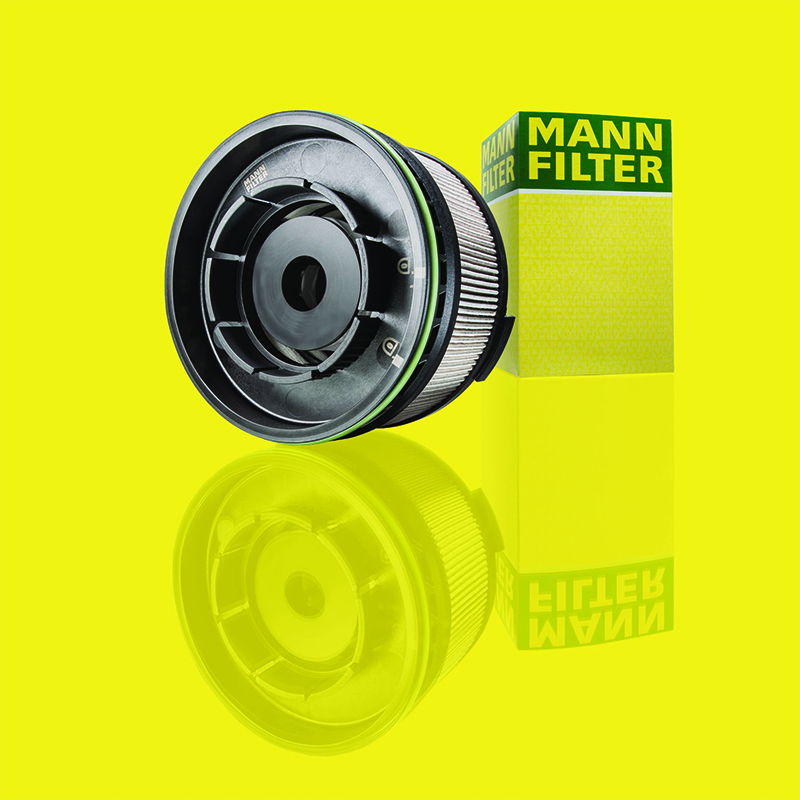
The final step takes place back in the production plant, in the form of large-scale testing. Plants with huge rollers process around a ton of the new filter medium to produce several hundred filter elements under series conditions. Cutting, folding, curing, and more – here the new development must prove that its workmanship can cope with the rigors of continuous operation and that the processes are stable. The production plant and development department only give the green light if implementation is successful at the series level.
Lars concluded: “The development work requires a great deal of effort, a huge amount of know-how, and a high commitment of human resources. However, we go to this effort willingly in order to continue offering our customers high-quality and innovative MANN-FILTERs in the future and to keep setting new standards in filtration.”


